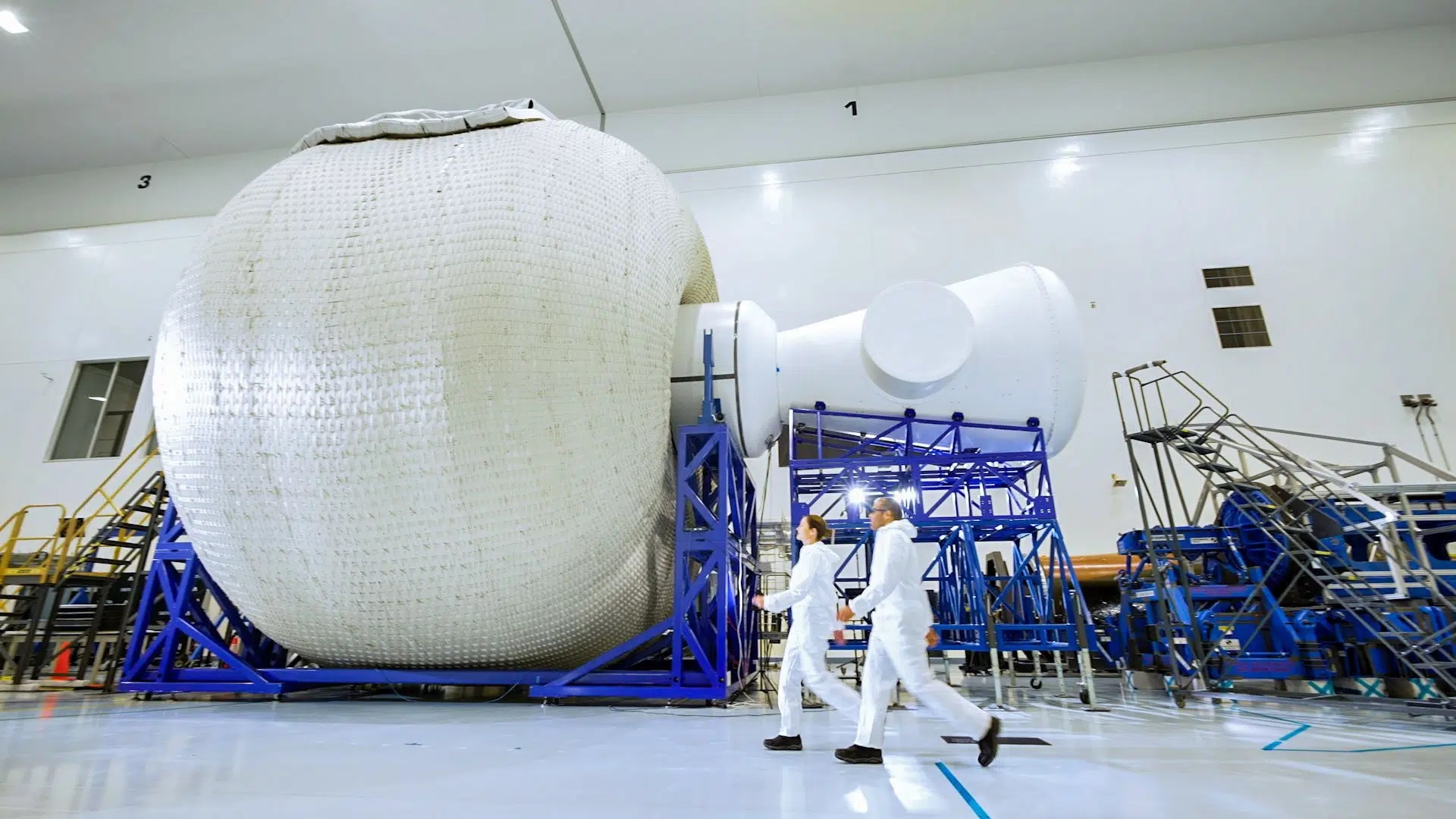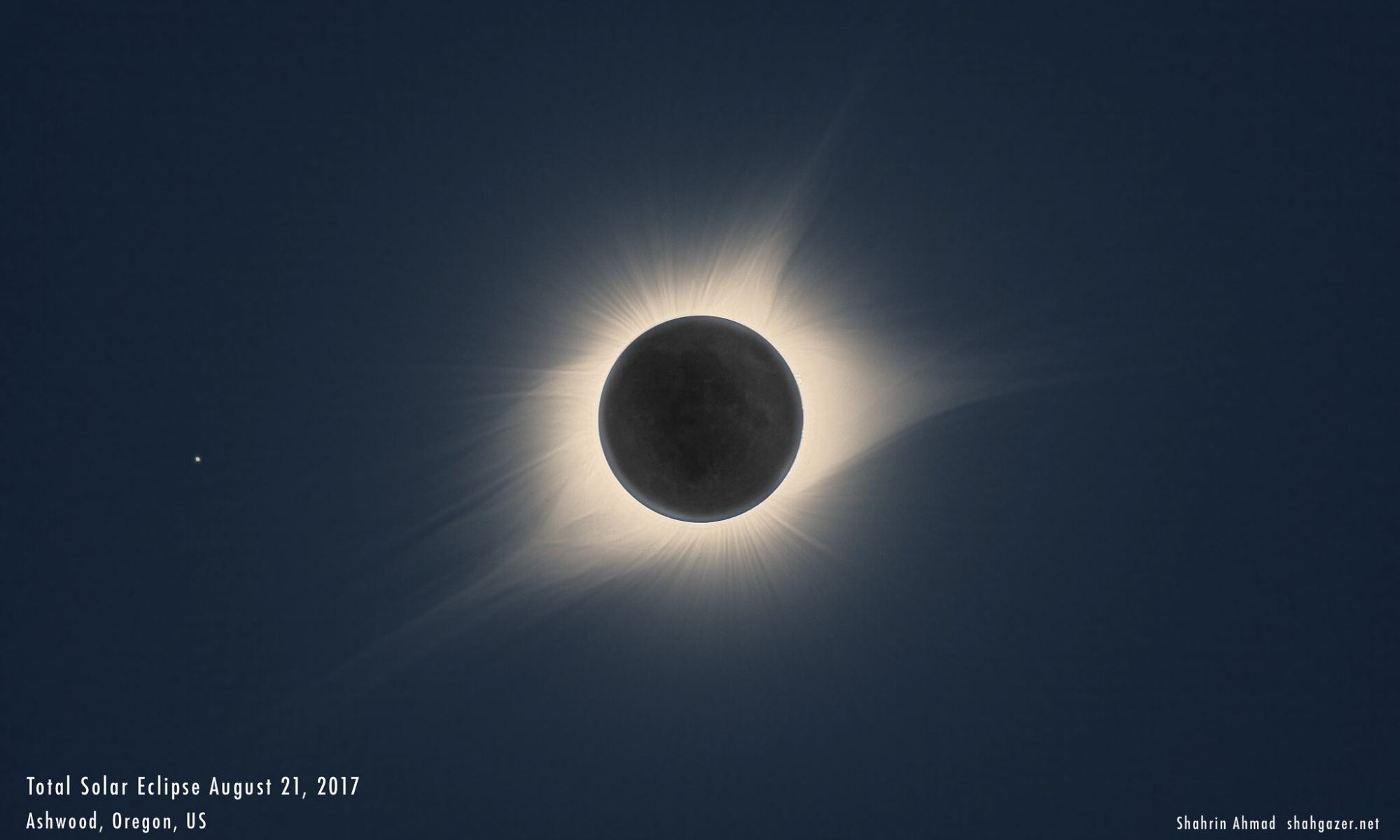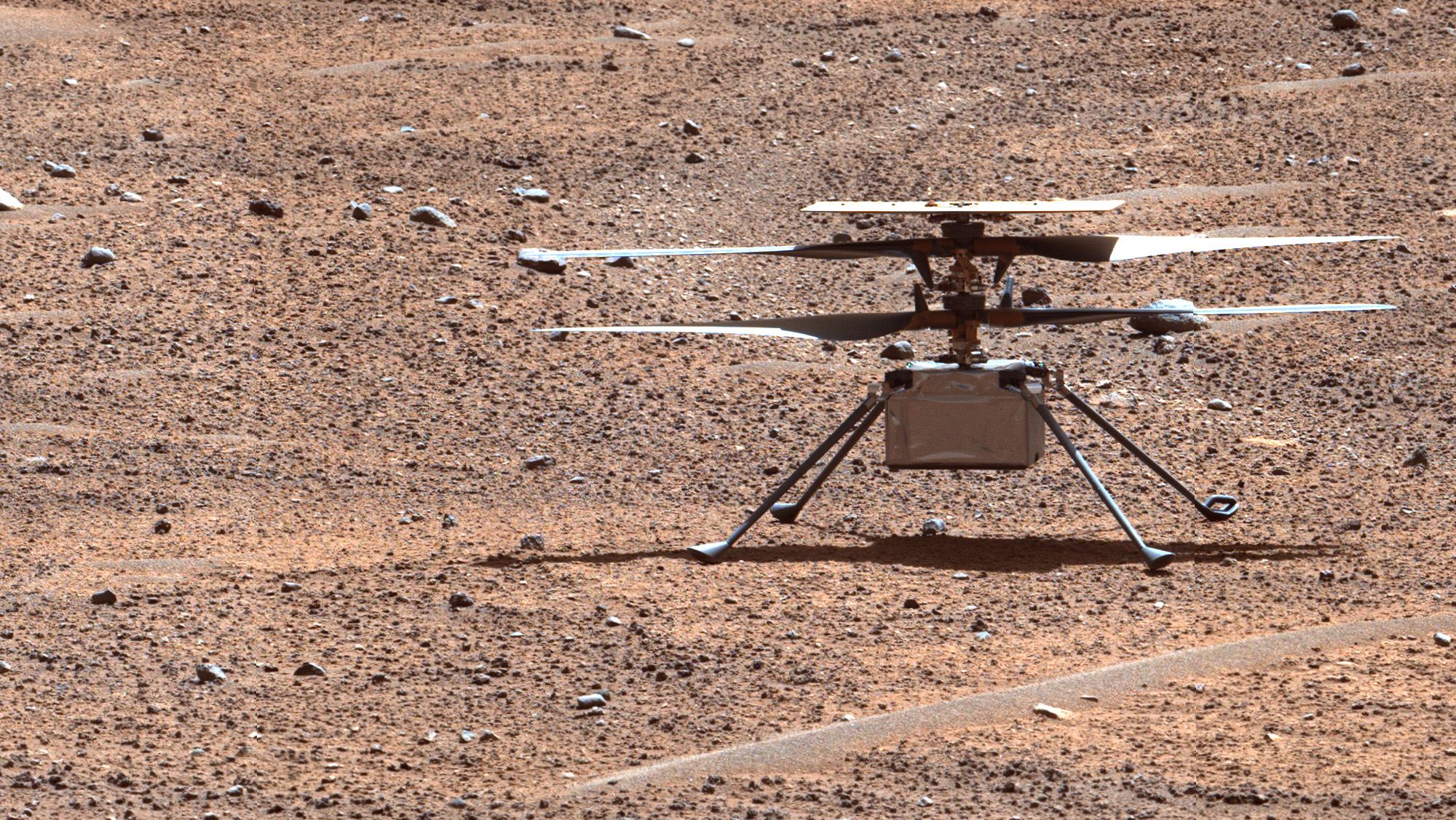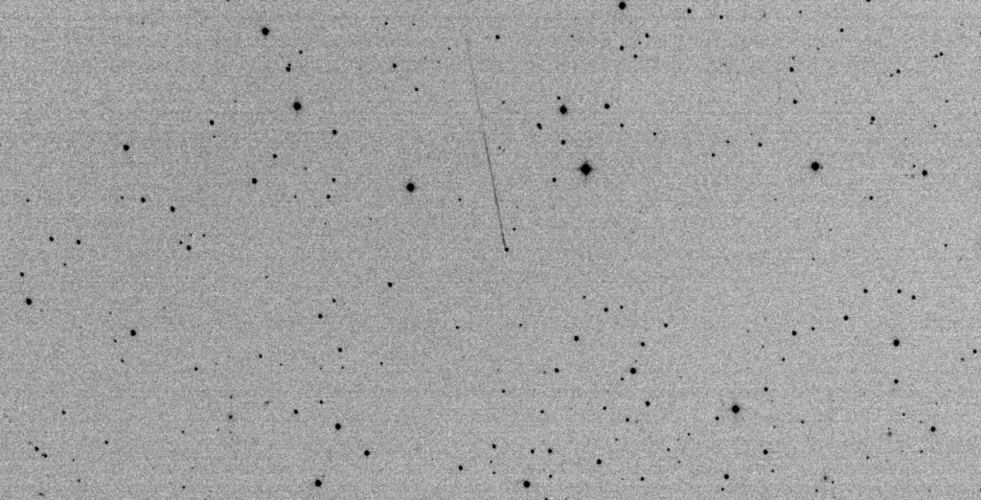Our planet sits in the Habitable Zone of our Sun, the special place where water can be liquid on the surface of a world. But that’s not the only thing special about us: we also sit in the Galactic Habitable Zone, the region within the Milky Way where the rate of star formation is just right.
Continue reading “The Galactic Habitable Zone”Nancy Grace Roman Could Find the First Stars in the Universe
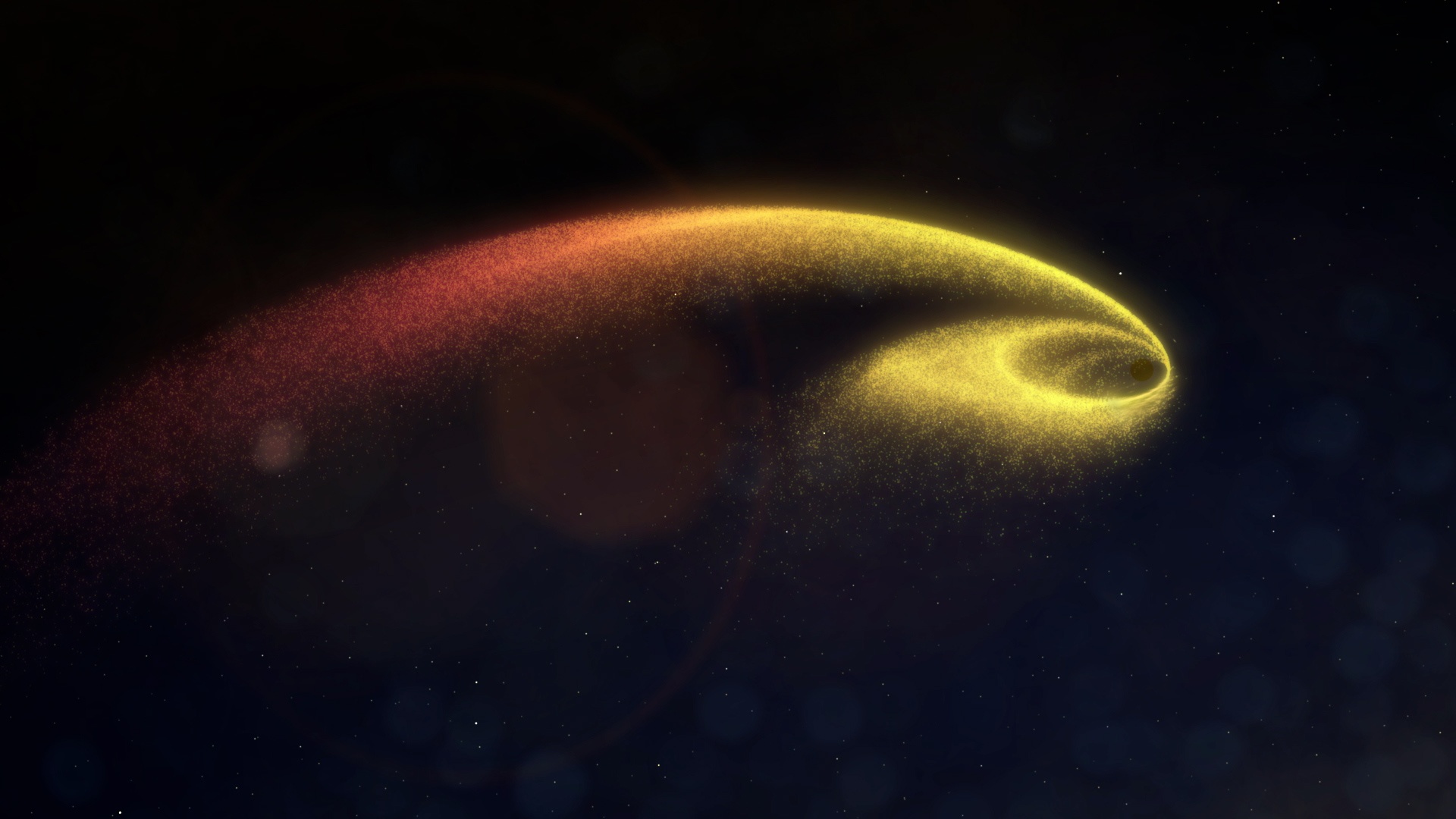
In the beginning, the Universe was so hot and so dense that light could not travel far. Photons were emitted, scattered, and absorbed as quickly as the photons in the heart of the brightest stars. But in time the cosmos expanded and cooled to the point that it became transparent, and the birthglow of the Big Bang could traverse space and time for billions of years. We still see it as the microwave cosmic background. As the Universe expanded it grew dark, filled only with warm clouds of hydrogen and helium. In time those clouds collapsed to form the first stars, and light again filled the heavens.
Continue reading “Nancy Grace Roman Could Find the First Stars in the Universe”Watch a House-Sized Space Habitat (Intentionally) Burst
We live in an age of renewed space exploration, colloquially known as Space Age 2.0. Unlike the previous one, this new space age is characterized by inter-agency cooperation and collaboration between space agencies and the commercial space industry (aka. NewSpace). In addition to sending crews back to the Moon and onto Mars, a major objective of the current space age is the commercialization of Low Earth Orbit (LEO). That means large constellations of satellites, debris mitigation, and plenty of commercial space stations.
To accommodate this commercial presence in LEO, Sierra Space has developed the Large Integrated Flexible Environment (LIFE) habitat, an inflatable module that can be integrated into future space stations. As part of the Commercial Low Earth Orbit Development Program, NASA, Sierra Space, and ILC Dover (the Delaware-based engineering manufacturing company) recently conducted a full-scale burst pressure test of their LIFE habitat. The test occurred at NASA’s Marshall Space Flight Center in Huntsville, Alabama, and was caught on video (see below).
Continue reading “Watch a House-Sized Space Habitat (Intentionally) Burst”The Moon is Still Shrinking, Explaining Why it Still Has Landslides
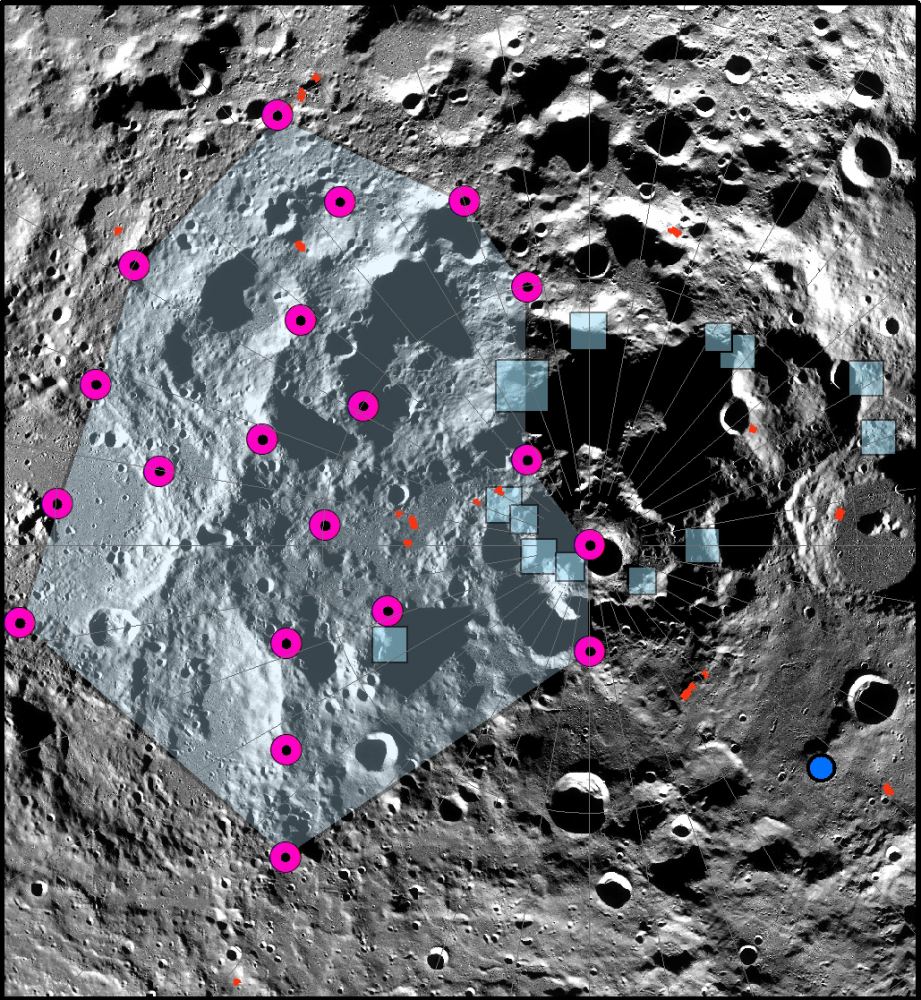
Although our Moon formed 4.5 billion years ago, it’s still evolving. The interior continues to cool and its orbit is slowly changing. As a result, the Moon has lost 150 feet of its circumference. That shrinkage contributes to near-constant moonquakes, and those trigger landslides and other surface changes. The Moon is currently uninhabited, but all that activity threatens future Artemis landing sites and missions at the South Pole.
Continue reading “The Moon is Still Shrinking, Explaining Why it Still Has Landslides”How Rare Are Total Solar Eclipses… Really?
As April’s ‘Great North American Eclipse’ nears, here’s a look at eclipses in time and space.
It comes around every total solar eclipse, and I fully expect to hear it trotted out once again this year, leading up to the Great North American eclipse on April 8th, 2024.
It’s often repeated (usually around the time leading up to a total solar eclipse) that the syzygy of the Earth, Moon and Sun is special, allowing totality to occur. To be sure, eclipses are extraordinary and spectacular events, and standing in the shadow of the Moon during totality is a spectacle that shouldn’t be missed.
But just how rare are the circumstances we witness on Earth during totality across time and space?
Continue reading “How Rare Are Total Solar Eclipses… Really?”Early Life Was Radically Different Than Today

All modern life shares a robust, hardy, efficient system of intertwined chemicals that propagate themselves. This system must have emerged from a simpler, less efficient, more delicate one. But what was that system, and why did it appear on, of all places, planet Earth?
Continue reading “Early Life Was Radically Different Than Today”Ingenuity Suffers Rotor Damage, Ending the Mission
There have been numerous robotic space missions reach the end of their operating life over the years and for a multitude of reasons. Be they catastrophic failure or a scheduled end but I must say one that has recently made me a little sad is the demise of the Ingenuity helicopter on Mars. It sustained damage after its recent flight and can now no longer fly. In a mission that was supposed to complete five flights in 30 days, the plucky little helicopter completed 72 flights over three years!
Continue reading “Ingenuity Suffers Rotor Damage, Ending the Mission”Another Asteroid Discovered Hours Before it Impacts the Earth
What were you doing last Saturday? As it turns out, I was doing something rather unexciting… Trying to fix my washing machine (I did – in case you are interested). At the same time, Hungarian geography teacher by day and asteroid hunter by night Krisztián Sárneczky was out observing and detected a small asteroid which it transpired was on a collision course with Earth!
Continue reading “Another Asteroid Discovered Hours Before it Impacts the Earth”Japan’s Moon Lander Is Lying On Its Side After Hitting Its Target
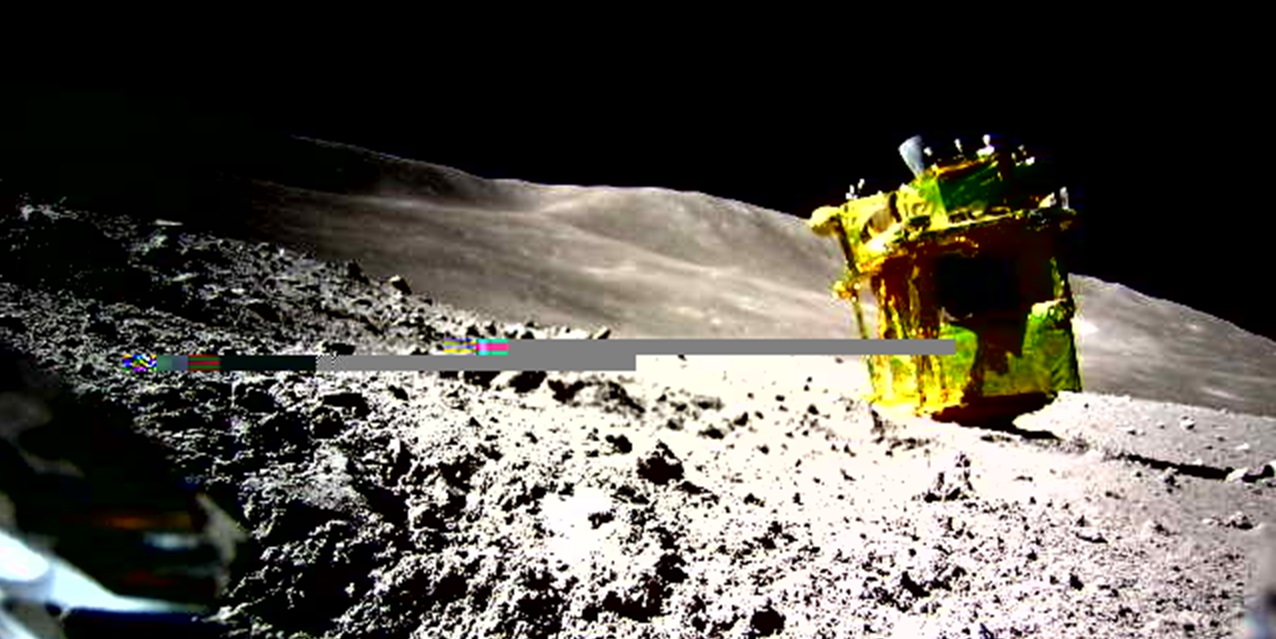
Now we know why Japan’s lunar lander wasn’t able to recharge its batteries after touching down on the moon last week: The spacecraft appears to have tumbled onto its side, with its solar cells facing away from the sun.
The good news is that the Smart Lander for Investigating Moon, or SLIM, achieved its primary mission of setting down within 100 meters (330 feet) of its target point — and that the mission’s two mini-probes, which were ejected during SLIM’s descent, are working as intended.
Scores of images were taken before and after landing. One of the pictures. captured by a camera on the ball-shaped LEV-2 mini-probe, shows the lander sitting at an odd angle with its thrusters facing upward and its solar cells facing westward.
To conserve battery power, mission managers at the Japan Aerospace Exploration Agency shut down SLIM after the probes transmitted the imagery they collected. But there’s still a chance that the sun’s shifting rays could provide enough power to allow for further operations in the week ahead.
Continue reading “Japan’s Moon Lander Is Lying On Its Side After Hitting Its Target”NASA 2024 NIAC Program Selects Deep-Space Hibernation Technology for Development
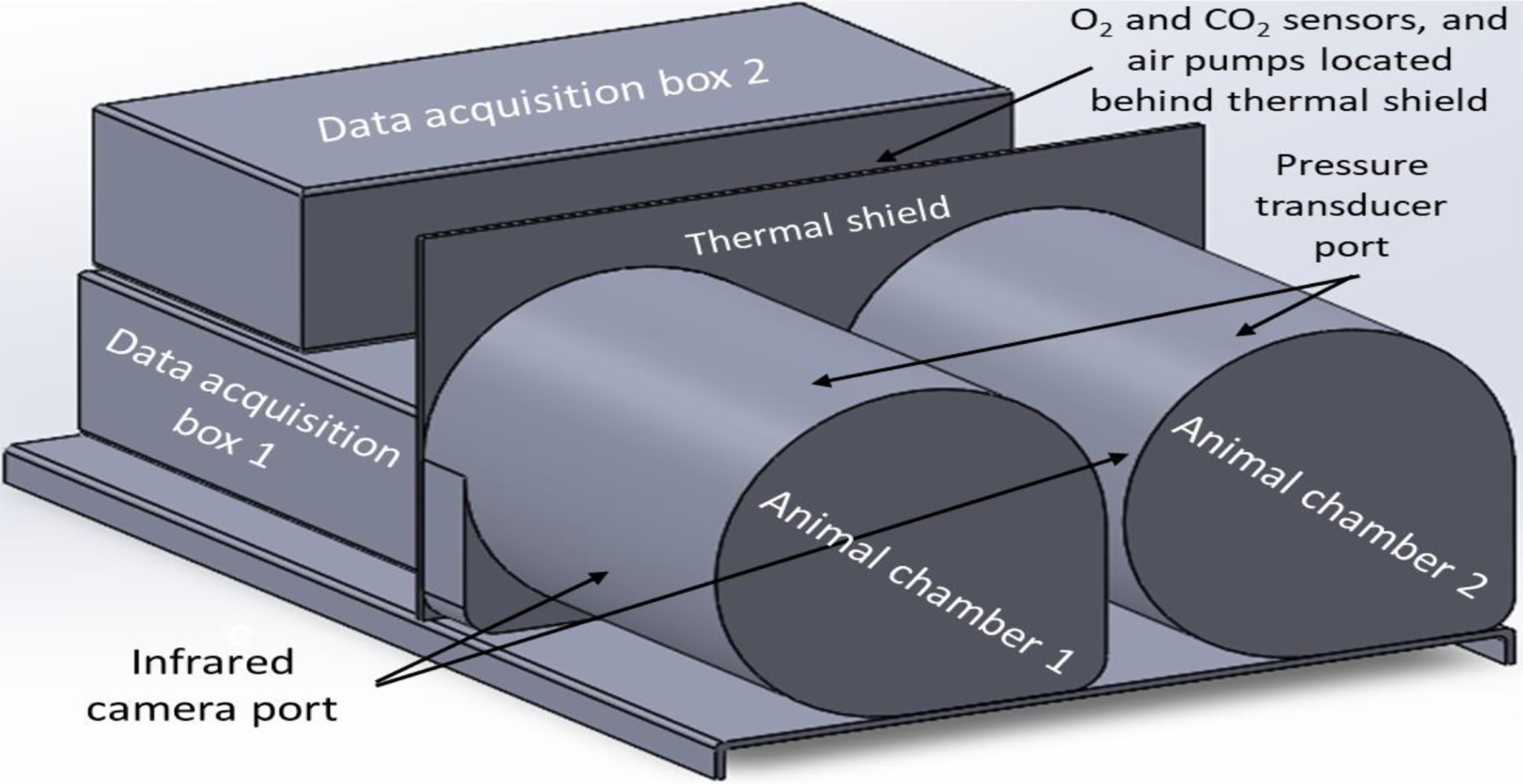
In the next fifteen years, NASA, China, and SpaceX will make the next great leap in space exploration by sending the first crewed missions to Mars. This presents many challenges, not the least of which is distance. Even when they are closest to each other in their orbits (aka. when Mars is in Opposition), Mars can still be up to 55 million km (34 million mi) from Earth. Using conventional propulsion (chemical rockets), a one-way transit can last six to nine months, which works out to a total mission time (including surface operations) of about three years.
That’s a very long time for people to be in microgravity, not to mention exposed to solar and cosmic radiation. To address this, NASA is investigating advanced propulsion methods that will reduce transit times and hibernation technologies that will allow crews to sleep through most of their voyage. This year, the NASA Innovative Advanced Concepts (NIAC) program selected the Studying Torpor in Animals for Space-health in Humans (STASH) experiment, a new method for inducing torpor developed by Ryan Sprenger and colleagues at the California-based biotechnology firm Fauna Bio Inc.
Continue reading “NASA 2024 NIAC Program Selects Deep-Space Hibernation Technology for Development”

